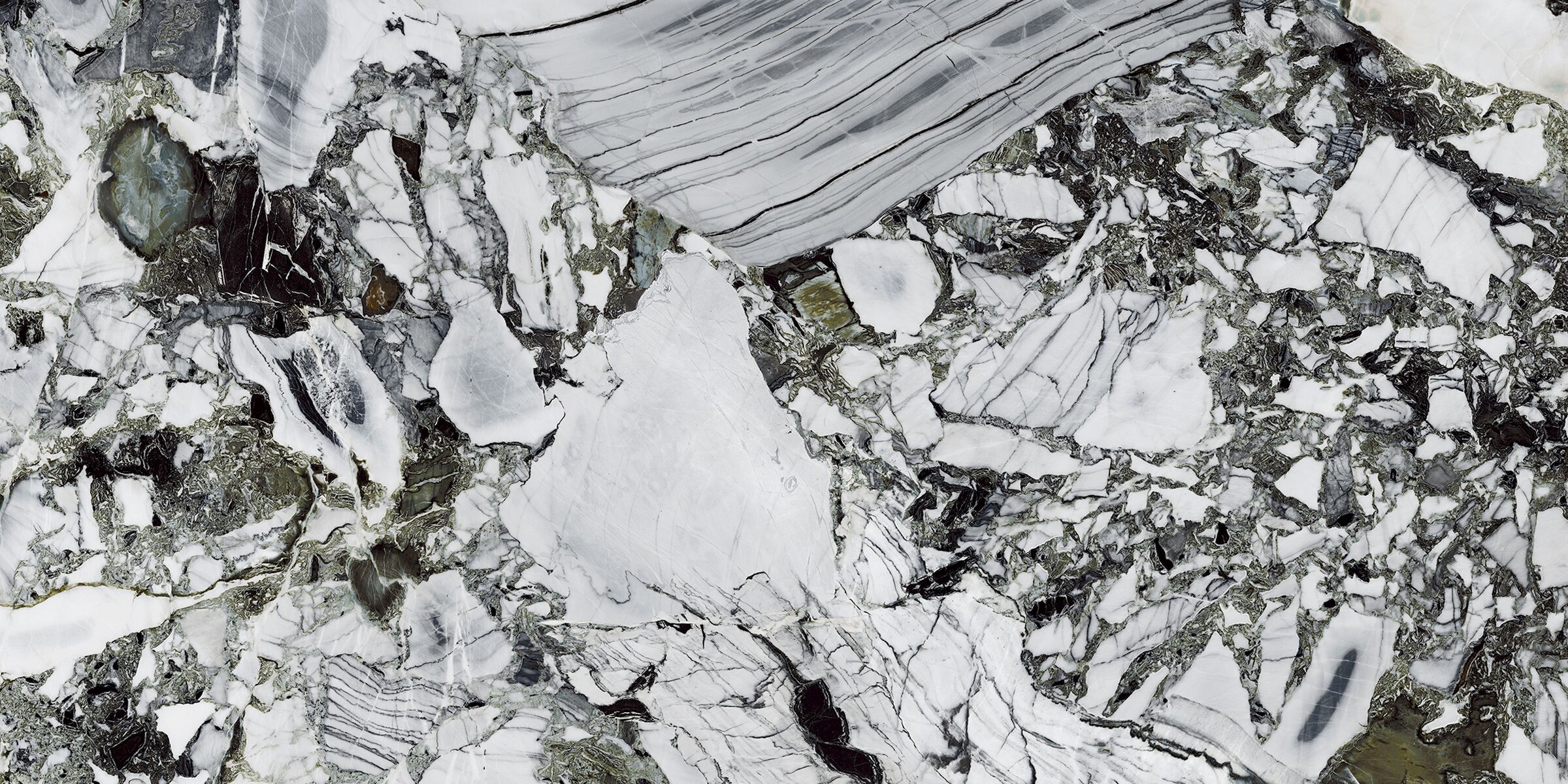What are the disadvantages of porcelain countertops? Porcelain countertops have been gaining popularity in recent years, thanks to their sleek appearance, durability, and versatility. Manufacturers create porcelain by mixing clay, minerals, and pigments, then firing it at extremely high temperatures. This process produces a dense, non-porous surface that resists stains, heat, and scratches. However, like any material, porcelain countertops come with their own set of disadvantages. Before you decide to install porcelain in your kitchen or bathroom, it’s important to consider these potential drawbacks.
1. Higher Cost
Porcelain countertops can be more affordable than some natural stones like marble or granite, but they still come with a higher price tag compared to other options. The cost of high-quality porcelain can range from $60 to $120 per square foot, depending on the brand, design, and thickness. Additionally, the installation process is more complex and can require specialized skills, which may further increase the overall cost.
2. Limited Edge Design Options
Manufacturers typically produce porcelain countertops in thin slabs, usually between 6 to 12 millimeters thick. As a result, the options for edge designs are more limited compared to thicker materials like quartz or granite. The thinness of the slab makes it challenging to create intricate edge profiles, and most porcelain countertops come with simple, straight edges. For homeowners looking for more elaborate or decorative edge designs, porcelain may not be the best choice.
3. Risk of Chipping and Cracking
Despite its durability, porcelain is still a ceramic material, which means it can be prone to chipping or cracking under heavy impact. While everyday use is unlikely to cause damage, dropping a heavy object or accidentally hitting the edge can result in chips or cracks that may be difficult to repair. Additionally, the thinness of porcelain slabs makes them more vulnerable to damage during transportation and installation.
4. Complex Installation Process
Installing porcelain countertops requires specialized skills and tools, as the material is both thin and dense. Cutting, drilling, and shaping porcelain slabs must be done with precision to avoid cracks or chips. This complexity can lead to longer installation times and higher labor costs. Moreover, not all contractors are experienced with porcelain, so finding a skilled installer may be more challenging compared to other countertop materials.
5. Potential for Visible Seams
Because porcelain slabs are typically manufactured in smaller sizes, larger countertop areas may require multiple slabs to cover the entire surface. This can result in visible seams, which can be more noticeable depending on the design and color of the porcelain. While skilled installers can minimize the appearance of seams, they may still be visible, which can detract from the overall aesthetic of the countertop.
6. Limited Color and Pattern Depth
Porcelain countertops are available in a wide range of colors and patterns, often mimicking the look of natural stone. However, the color and pattern are typically printed on the surface of the porcelain slab, which means the design doesn’t go all the way through the material. This can create a less authentic appearance, especially when compared to natural stones where the pattern is consistent throughout the entire slab. Additionally, any chips or scratches may expose the underlying color, making the damage more noticeable.
7. Cold Surface
Porcelain is known for its excellent heat resistance, but this also means it can feel cold to the touch. In colder climates or during the winter months, porcelain countertops may feel uncomfortably cold, especially if used in a kitchen where you spend a lot of time preparing meals. While this may not be a deal-breaker for everyone, it’s something to consider if you prefer a warmer, more inviting surface.
Conclusion
Porcelain countertops offer many benefits, including durability, stain resistance, and a wide variety of design options. However, they also come with several disadvantages that are worth considering before making a decision. Higher costs, limited edge design options, the risk of chipping, and a complex installation process are some of the key drawbacks. Additionally, the potential for visible seams and a colder surface temperature may make porcelain less appealing for some homeowners.
If you’re considering porcelain countertops, weigh these disadvantages against the benefits to determine if this material is the right choice for your home. It’s always a good idea to consult with a professional installer who has experience working with porcelain to ensure you’re fully informed before making your investment.

